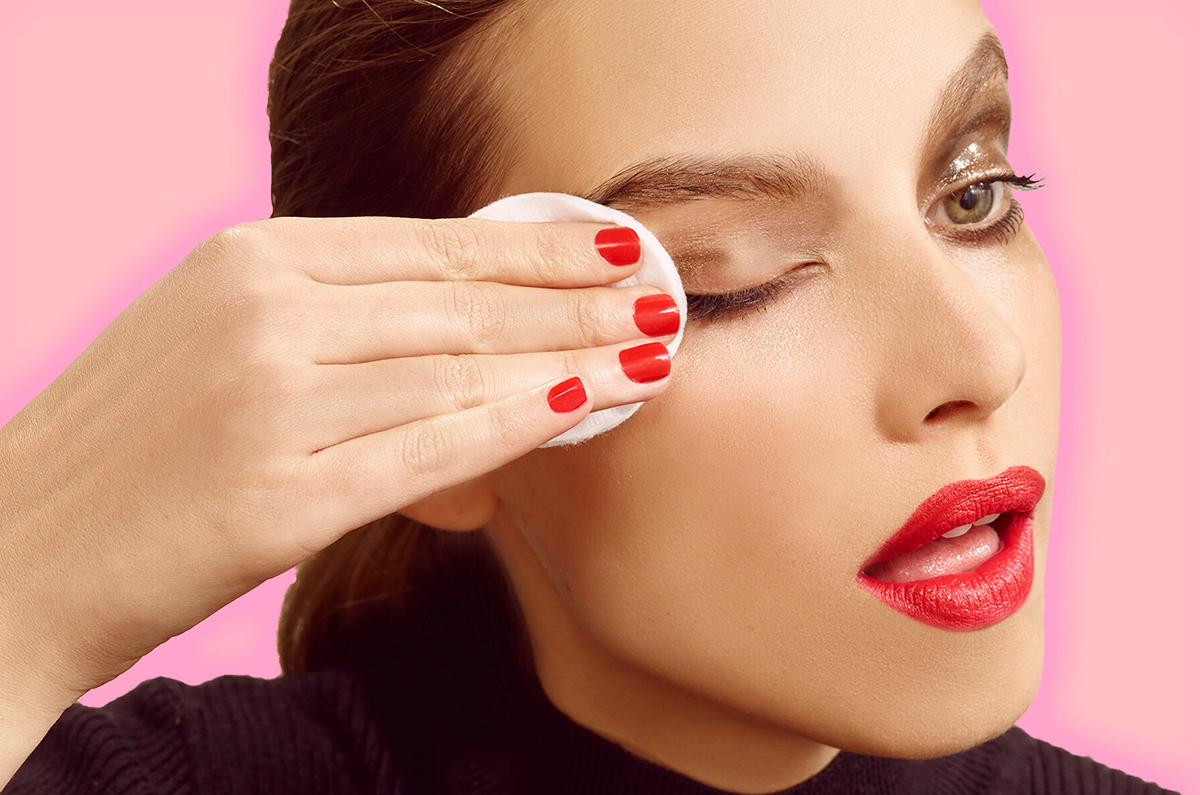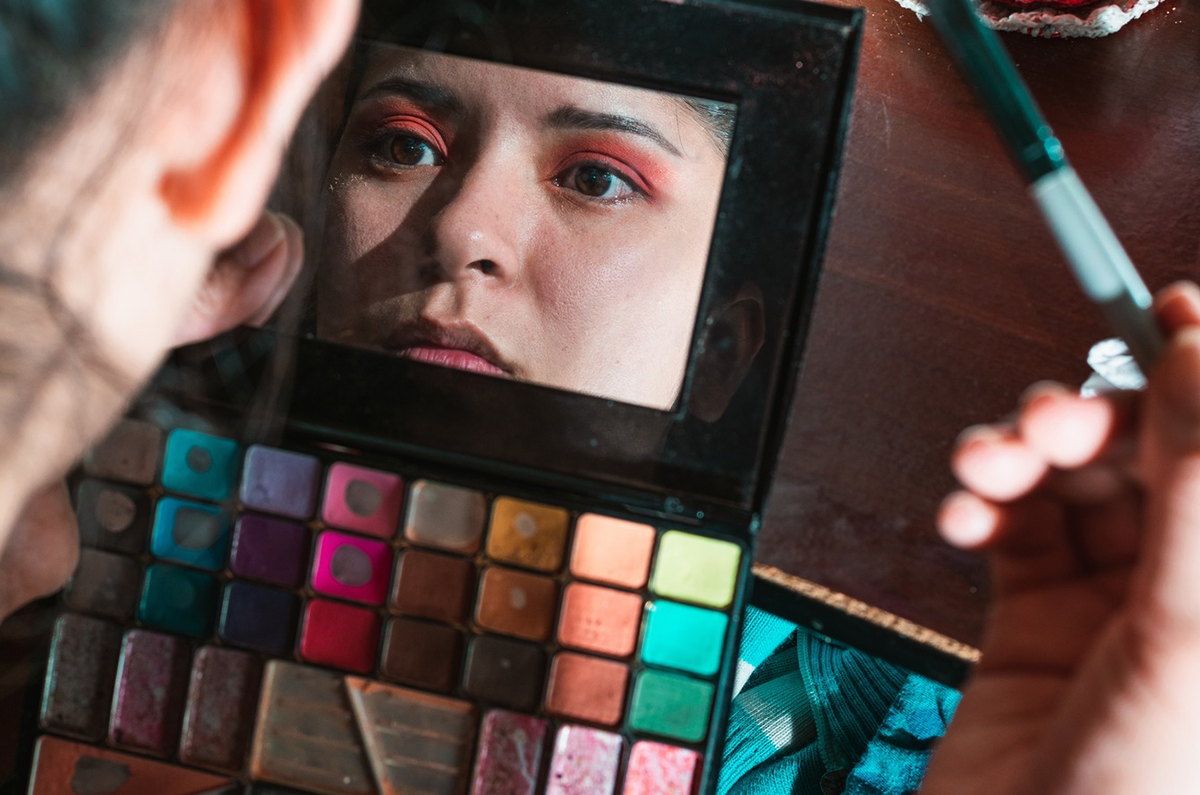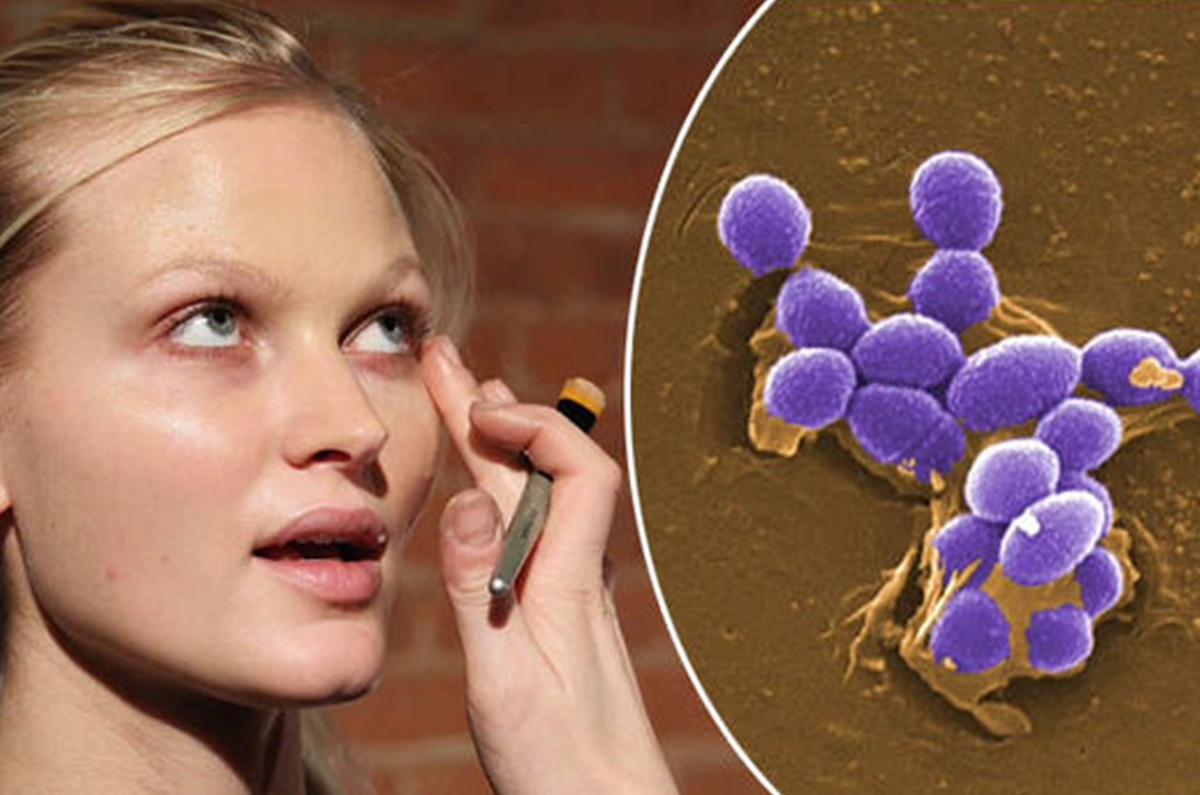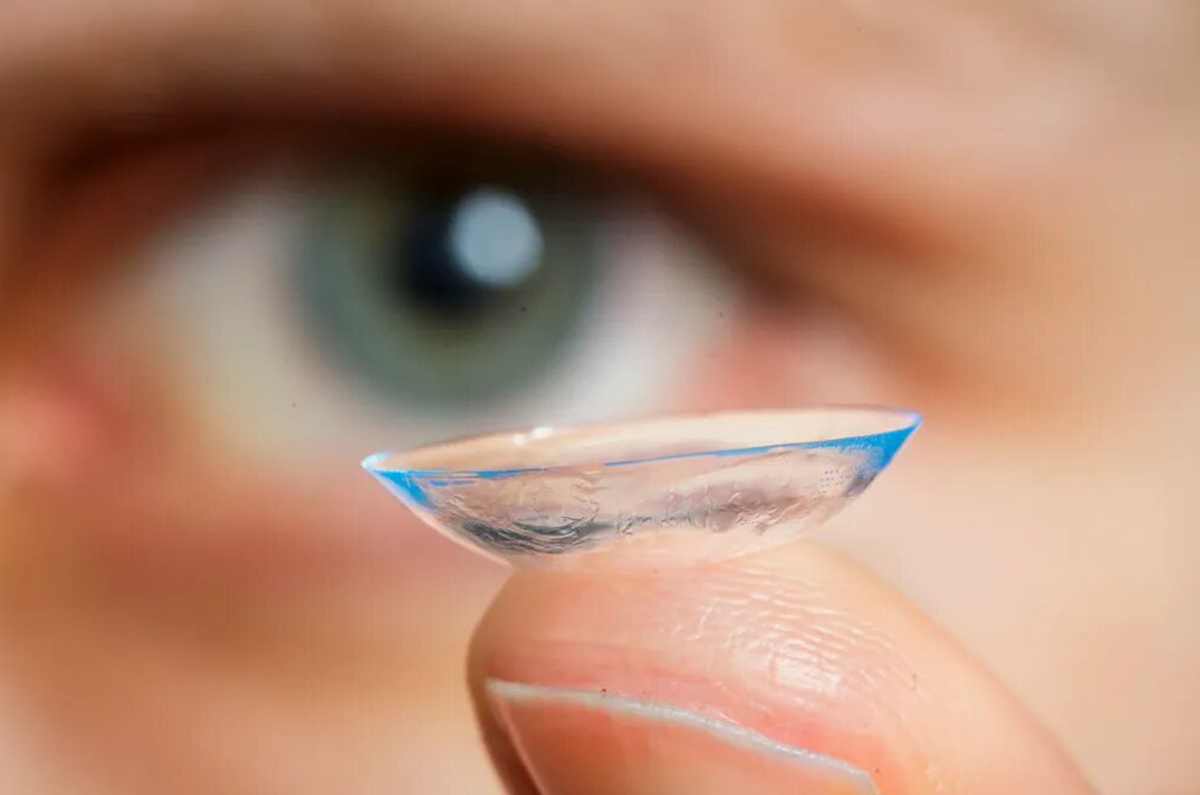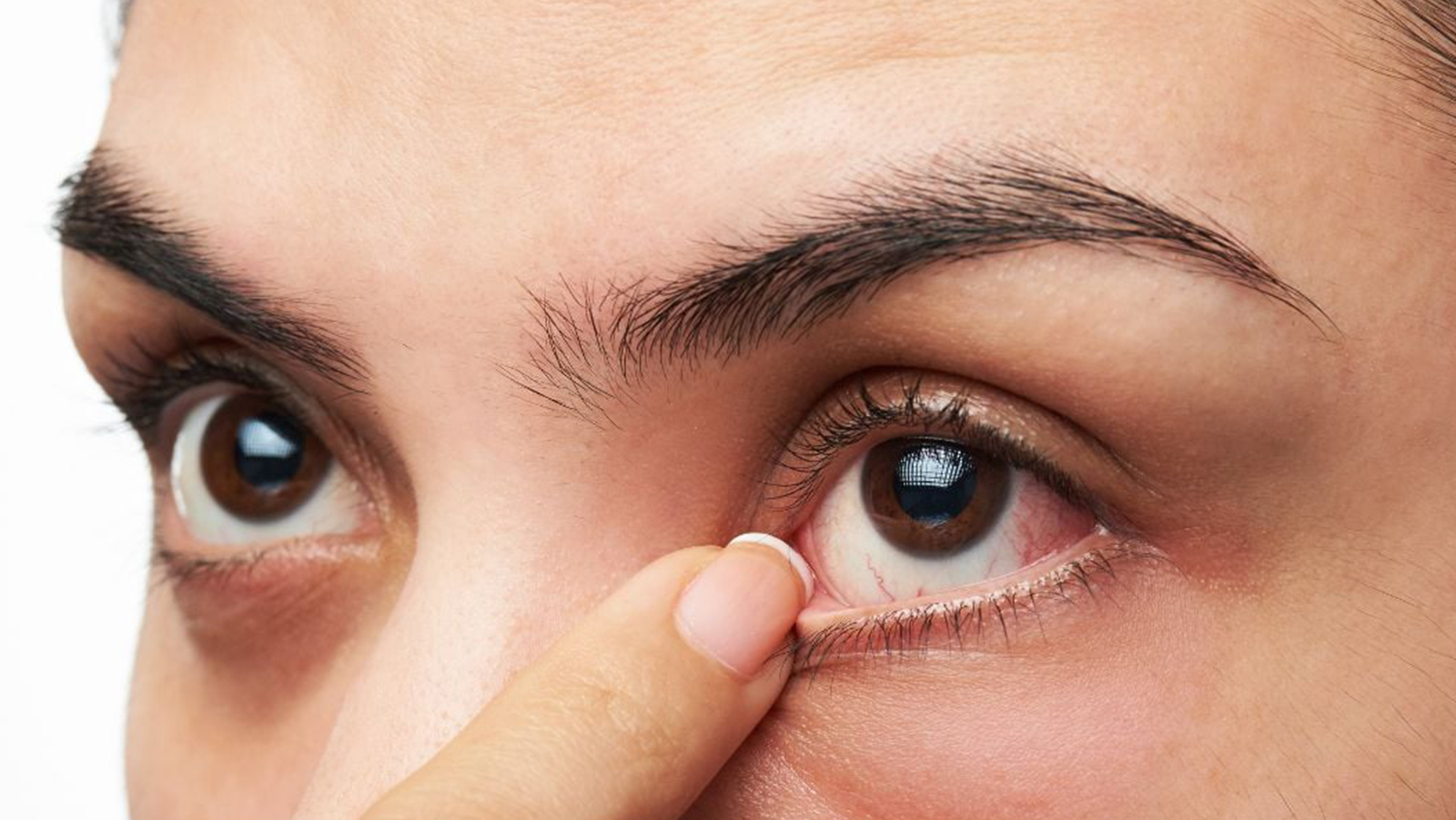Understanding Dry Eyes and the Impact of Cosmetics
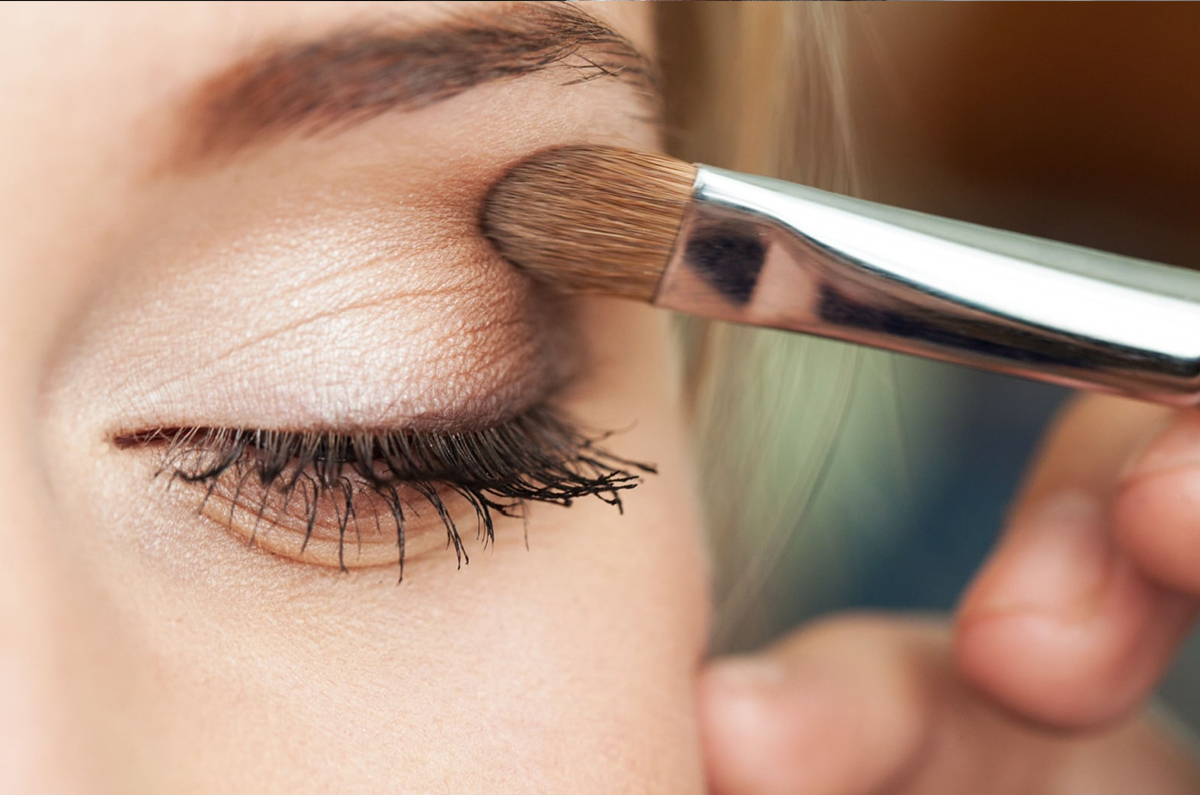
Dry eyes are a prevalent concern affecting a significant portion of the population worldwide. Many individuals experience occasional irritation, influenced by factors such as seasonal changes, daily routines, and diet variations. However, for others, dry eye symptoms persist chronically, causing discomfort and affecting daily life. Symptoms commonly associated with dry eye disease (DED) include eye pain, a feeling of foreign objects in the eye, fatigue, redness, itching, excessive tearing, light sensitivity, swollen eyes, and fluctuations in vision. Left untreated, dry eye can lead to severe complications like corneal damage and vision loss.
Cosmetics play a significant role in modern grooming practices, with a substantial investment made globally in beauty products annually. A substantial percentage of individuals use cosmetics, including eye makeup, as a means to enhance appearance and boost confidence. However, misuse or prolonged use of cosmetics, often beyond their recommended shelf life, can pose risks to eye health. Contaminated products may contribute to conditions like blepharitis, an inflammation of the eyelids.
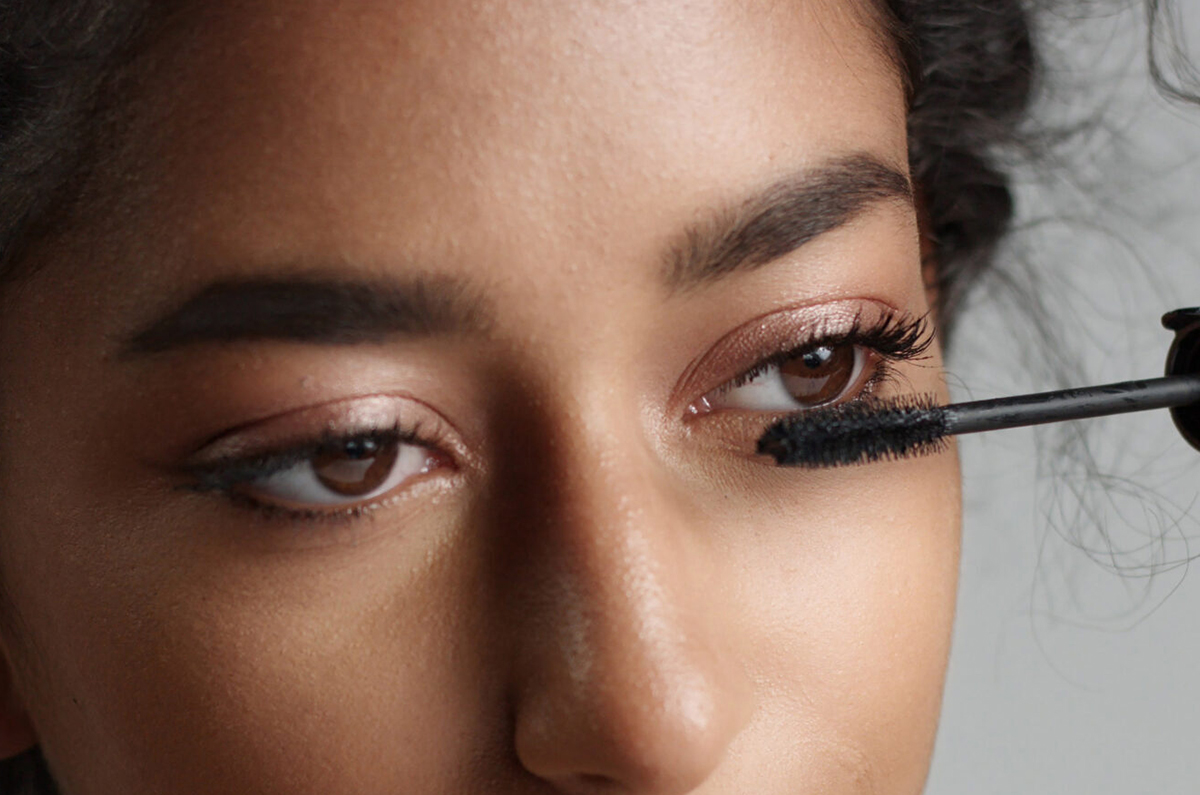
Research indicates that certain cosmetic practices, such as applying eyeliner close to the inner lid margin, can accelerate the migration of particles into the tear film. This phenomenon can exacerbate dry eye symptoms by disrupting the outer oily layer of the tear film, leading to increased tear evaporation.
Studies examining the impact of eye cosmetics highlight several potential ocular complications:
- Infection Risks: Cosmetics can harbor bacteria such as Pseudomonas aeruginosa, Staphylococcus aureus, and Candida albicans, particularly when shared among users.
- Mechanical Trauma: Mascara wands and other applicators pose risks of corneal trauma, potentially facilitating microbial entry, especially P. aeruginosa.
- Toxicity: Heavy metals found in some cosmetics, like cadmium in eyeliner, may damage corneal cells and disrupt normal eye functions.
- Allergic Reactions: Ingredients such as preservatives, fragrances, and surfactants in cosmetics can trigger allergies, affecting different parts of the eye, from lashes to lids.
- Pigmentation and Tear Stability: Long-term use of cosmetics can lead to changes in conjunctival pigmentation and affect the stability of the tear film, impacting overall eye comfort and compatibility with contact lenses.
To mitigate the risk of exacerbating dry eye symptoms, patients are advised to adopt careful practices when using eye makeup. This includes ensuring products are used within their recommended lifespan, avoiding shared use, and employing proper makeup removal techniques.
Optometrists, who handle a substantial majority of primary eye care globally, play a pivotal role in educating patients about safe cosmetic practices. Resources such as guidelines available from reputable eye care organizations provide further insights and recommendations on maintaining eye health amidst cosmetic use.
For further insights and detailed guidelines on safe cosmetic use, patients can refer to resources provided by eye care professionals at Wickramarachchi Opticians today at 0112 201 700 | 0712 745 745, or schedule a consultation at the nearest eye care center. BOOK NOW


